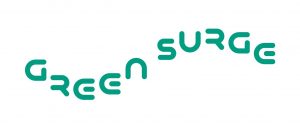PROJECTS
On Going
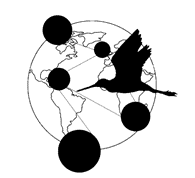
EAF Network
2022-2023
Mapping an East Atlantic Flyway ecological network, through connectivity for priority coastal waterbirds is a project in collaboration with CESAM (University of Aveiro) and funded by BirdLife International that aims 1) to identify priority sites for the conservation of birds that migrate via the the East Atlantic Flyway (EAF) using a network analysis, and 2) to inform key stakeholders (member states of the UNEP-Convention on Migratory Species, the Agreement on the Conservation of African-Eurasian Migratory Waterbirds and local management bodies) of the results via the Critical Site Network tool.
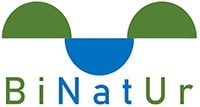
BiNatUr
2022-2025
BiNatUr – Bringing nature back – biodiversity-friendly nature-based solutions in cities research focuses on Aquatic Nature-based Solutions (aquaNBS) and on four questions: (1) How are biodiversity and ecosystem services of aquaNBS mediated by social, ecological, and technological factors, (2) how do factors vary among cities and regions?, (3) how does biodiversity infuence regulating ecosystem services provided by aquaNBS?, and (4) how can urban planning effectively design, manage, and monitor biodiversity and ES of aquaNBS? BiNatUr adopts a mixed-method approach by combining qualitative and quantitative research methods.
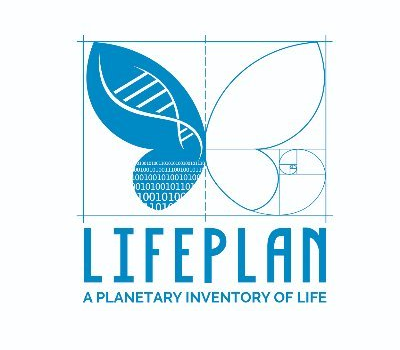
Lifeplan
2020-2025
LIFEPLAN – A Planetary Inventory of Life aims to establish the current state of biodiversity across the globe, and to use new insights for generating accurate predictions of its future state under future scenarios. LIFEPLAN will characterize biological diversity through a worldwide sampling program and develop the bioinformatic and statistical approaches needed to make the most out of these data. It will generate the most ambitious, globally distributed and systematically collected data set to date on a broad range of taxonomical groups.

eLTER Advanced Community Project (eLTER PLUS)
2020 – 2025
The eLTER PLUS project is built on three main pillars: networking, joint research activities and transnational, remote and virtual access. Selected sites and platforms in terrestrial, freshwater and coastal ecosystems will be used to study ecosystem integrity, impacts of climate change and endangered ecosystem services at a pan-European scale.
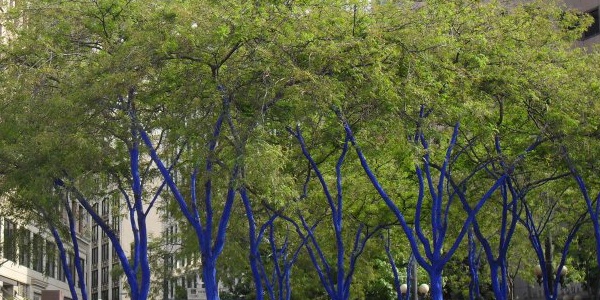
BiodiverCities: A roadmap to enhance the biodiversity and green infrastructure of European cities by 2030
2020-2022
This project aims at enhancing the use of green infrastructure in urban contexts, with a view to contribute solving many challenges cities currently face. A further goal is to increase scientific knowledge and improve knowledge sharing, tools, methods and innovative approaches to enhance biodiversity and the planning and implementing of green infrastructure. The project will improve civil society participation in decision-making, leading to building a joint vision of the green city of tomorrow shared among civil society, scientists and policy makers.
Past
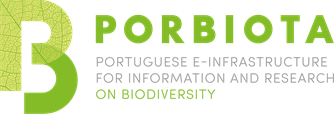
Porbiota
2017-2020
PORBIOTA is a Portuguese e-infrastructure consortium for storing and managing biodiversity data aimed at fostering a national agenda for biodiversity research, providing services and raising awareness of biodiversity. By fostering research into biodiversity, ecology and environmental sciences, it generates high-quality knowledge with which to meet societal challenges regarding environmental protection and sustainable development.

Bioveins Connectivity of green and blue infrastructures: living veins for biodiverse and healthy cities
2017-2020
BIOVEINS aims to use functional diversity to highlight the mechanisms underpinning the link between GBI, taxonomic diversity and ecosystem services provisioning, and to provide, together with local stakeholders, the ecological and interdisciplinary knowledge to identify the critical features of GBI, to guide the establishment, management and restoration of urban green and blue infrastructure, and to mitigate the effects of major urban global challenges, like habitat fragmentation, air pollution, and urban heat island.
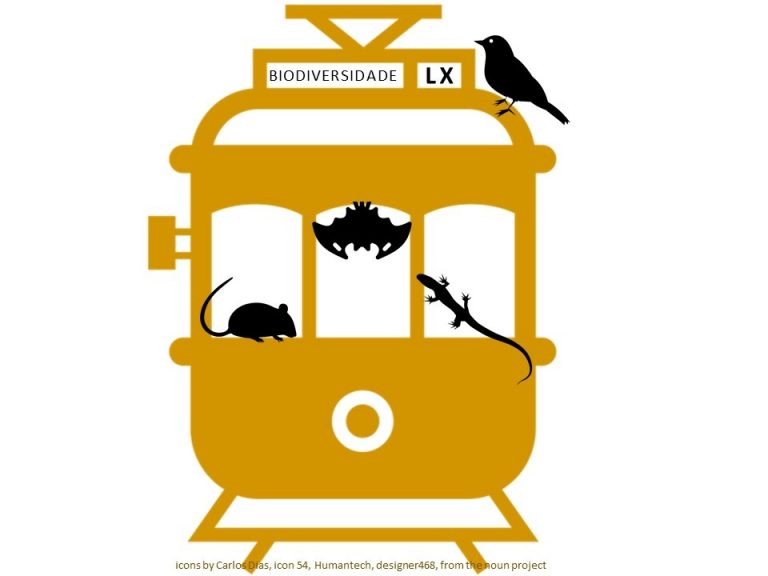
BIO-LX. Biodiversity monitoring in the city of Lisbon
2019-2020
BIO-LX aims to:
- i) Inventory and map the vertebrate community in the city of Lisbon to model its distribution and seasonal dynamics in a mosaic of urban ecosystems: a) Monsanto Forest Park, b) parks and gardens, c) agricultural areas, d) riparian green spaces, e) salt marshes and mudflats, f) rows of street trees, and g) urban fabric.
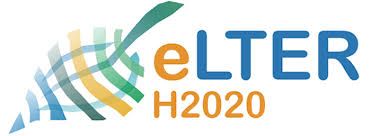
eLTER H2020 project - Integrated European Long-Term Ecosystem & Socio-Ecological Research Infrastructure
2015-2019
eLTER H2020 is co-promoted by the LTER-Europe network and the European Critical Zone Observatories (CZO) community, aiming the development of an Integrated European Long-Term Ecosystem Research Infrastructure. The overall aim of the eLTER H2020 project is to advance the European network of Long-Term Ecosystem Research sites and socio-ecological research platforms to provide the highest quality services for multiple use of a distributed research infrastructure.
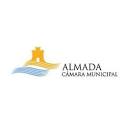
Almada. Monitoring studies of floristic and faunistic communities and environmental services assessment of Almada

OPERA. Operational Potential of Ecosystem Research Applications
